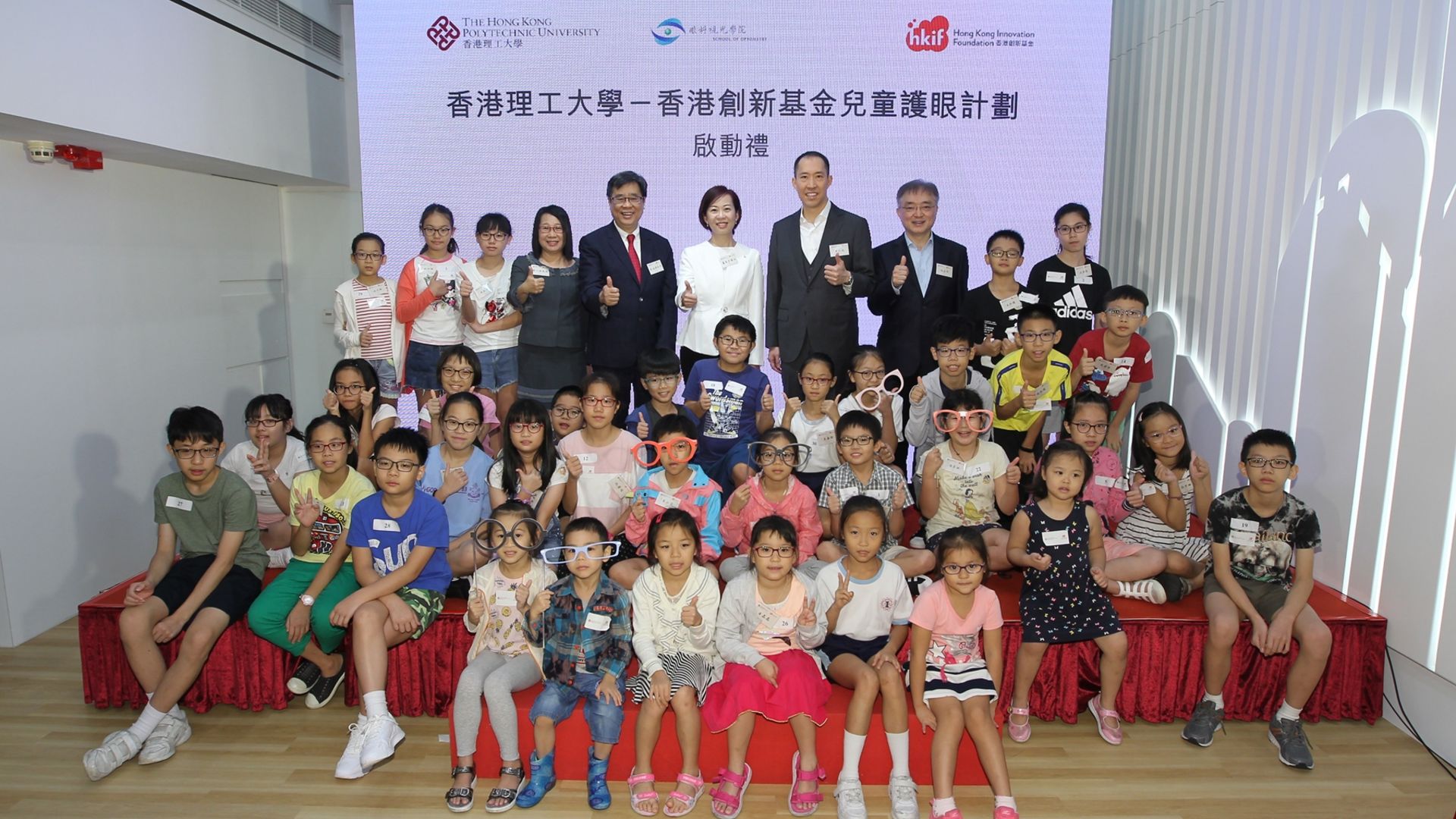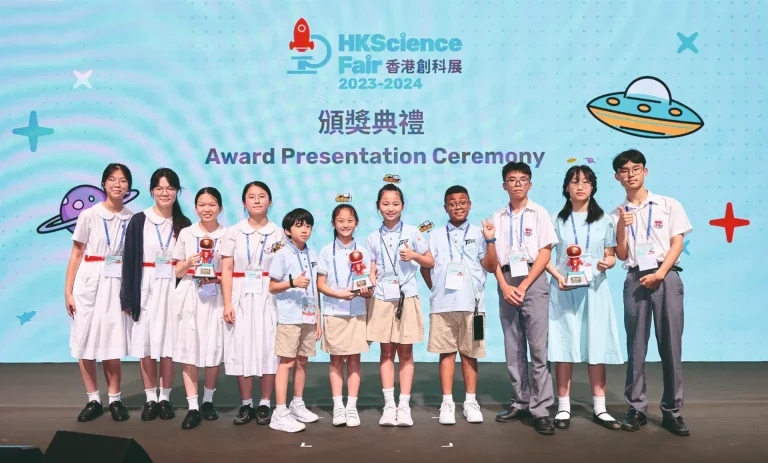Vision underpins many elements of our lives; for children, it’s a critical part of learning. Modern city life makes children even more prone to myopia, the treatment of which is often costly for those from underprivileged families.
A new invention jointly developed by The Hong Kong Polytechnic University and Japanese company Hoya Vision offers hope. The Defocus Incorporated Multiple Segments (DIMS) spectacle lens has been proven to control the progression of myopia. It won the Grand Prize, Grand Award and Gold Medal at the 46th International Exhibition of Inventions of Geneva, Switzerland, in April 2018, in addition to a host of other coveted awards. Clinical trials of DIMS show that children’s myopia progression has been reduced by an average of 59 per cent, with more than 20 per cent of children not showing any progression at all.
The Hong Kong Innovation Foundation collaborated with The Hong Kong Polytechnic University on the PolyU-HKIF Children Eye Care Project. The project came to life with the vision of empowering more children from underprivileged families: through its two-year programme, 200 students will be prescribed DIMS spectacles, and optical check-ups conducted every six months to track progress.
How Does DIMS Work?
In a myopic eye, light rays focus in front of the retina rather than on it, making images blurry. DIMS uses micro-engineered segments around the centre of the lens to generate an additional focal plane in front of the retina, which can retard myopia. Moreover, the lens makes use of the eye’s natural ability to adapt and shape to receive focused images, in effect guiding the growth of the eyeball in a positive way.



